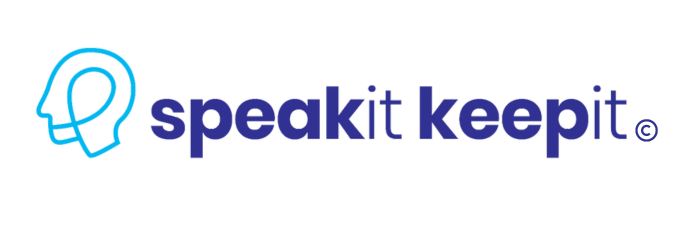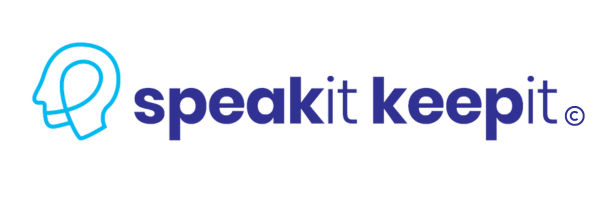Using visualization while learning can trigger active learning in a passive learning environment
Visualization helps to transition passive learning environments into active ones, in which students think critically and explore the material being presented. Through visualization, you can observe how information is being received and stored in the mind and build a foundation for exploration. Visualization used as an active learning technique can lead to deeper understanding since it keeps the learner engaged by presenting the content from multiple angles or perspectives; consequently aiding in constructing a mental model of the core concepts and their workings. Fostering this kind of environment piques students’ inquisitive minds and encourages them to think more deeply as they learn. In such an environment, gaps are filled hence resulting in better memory retention and recall capabilities.
About Visualization: What, Who & Why?
Studies in neuroscience reveal that mental rehearsal or visualization can activate the same neural pathways as physical action. Take professional athletes, for example: they not only practice physically, but also use visualization to prepare for important moments. They might watch film of their own performances or imagine a difficult move in figure-skating; through these techniques, their minds become trained to respond accurately under pressure. We can take advantage of this power of visualization by incorporating it into our learning process. When visualizing ourselves performing an activity, we send signals to our brains as if we were actually performing it—so when the time comes in reality, the activity is familiar and more achievable. After discovering this reality, I had to incorporate this technique into my learning process. This has helped me immensely with recalling lecture material more easily and effectively that ever before!
Using visualization in lecture learning process?
Imagining yourself teaching the material you’re learning may be a viable way to boost your understanding and recall. This method of passive active learning was personally beneficial for me, as it enabled me to store and remember content more quickly and effectively than traditional passive note-taking methods. Visualizing this process activated both the linguistic parts of my brain and had physical impacts on my body (even though I wasn’t actually speaking or physically performing the activity). As a result of my own experience with visualization, I’m confident that using imagery together with normal classroom curriculum can dramatically improve information retention. Visualizing the act of teaching others will allow you to mind map text, concepts and visuals better than just passively listening & writing.
Visualization & Reciting: Show & Tell 2.0
By taking steps such as visualizing ourselves teaching after lecture or mentally rehearsing what we learn, neural pathways start forming connections between new information and deeper comprehension. This mimics the way we learned as children, allowing our minds to absorb and recall words more easily. The traditional ‘Show & Tell’ activity in kindergarten has been replaced by ‘Speak it to Keep it’, a “Show & Tell 2.0” after lecture learning technique. The act of using microlearning concepts (short bites of content) with visualized recitation can help strengthen your memory further, helping you to remember and internalize information more effortlessly. Metacognition – understanding how you learn – is key when it comes to accelerating your learning process; and my workshop focuses on precisely that. I’ll help you unlock a world of learning that will make passing classes easier than ever before. After taking my transformative workshop you will gain an increased confidence in learning so that you are able to master course material faster and easier! Join the workshop now!
Related Articles: Curiosity Creates Emotion That Increases Learning

